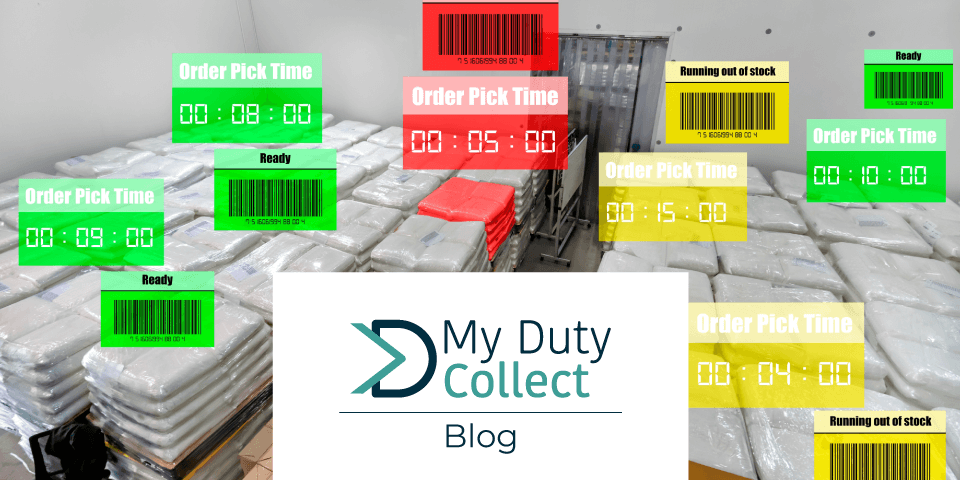The world of e-commerce has transformed the way businesses operate. With the rise of online shopping, cross-border transactions have become common, leading to new challenges for tax compliance. The European Union (EU) introduced a new VAT regime called the Import One-Stop Shop (IOSS) in July 2021. In this blog post, we will explore the differences between IOSS and traditional VAT compliance, and their respective pros and cons.
–
READ MORE: VAT Compliance in the EU: Tips for Non-EU Businesses
–
What is IOSS?
The Import One-Stop Shop (IOSS) is a new VAT compliance regime for cross-border e-commerce transactions in the EU. The IOSS simplifies the collection, declaration, and payment of VAT for goods imported into the EU with a value of up to €150. IOSS enables businesses to declare and pay VAT on all their distance sales of imported goods to buyers in the EU via a single return and payment in the Member State of Identification (MSI).
Traditional VAT Compliance
Under the traditional VAT regime, businesses that sell goods to customers in the EU from outside the EU are required to register for VAT in each EU country where they sell their goods. The VAT rate applied to goods sold to customers in the EU is determined by the country where the goods are being shipped to. This can be a complicated process for businesses as they are required to keep track of VAT rates in different countries, register for VAT in each country, and file regular VAT returns.
Pros of IOSS
Pros:
- Simplified VAT Compliance: IOSS simplifies the VAT compliance process by allowing businesses to collect, declare, and pay VAT on all their distance sales of imported goods to buyers in the EU via a single return and payment in the Member State of Identification (MSI).
- Reduced Administrative Burden: IOSS reduces the administrative burden on businesses by eliminating the need to register for VAT in multiple EU countries, keep track of VAT rates in different countries, and file regular VAT returns.
- Improved Customer Experience: IOSS improves the customer experience by allowing businesses to collect VAT at the time of sale. This means that customers will not be required to pay additional fees, such as VAT, when their goods are delivered.
Cons of Traditional VAT Compliance
Cons:
- Increased Administrative Burden: Traditional VAT compliance can be a complicated process for businesses as they are required to register for VAT in each EU country where they sell their goods, keep track of VAT rates in different countries, and file regular VAT returns.
- Delayed Payment: Under the traditional VAT regime, businesses collect VAT at the time of delivery. This means that customers may be required to pay additional fees, such as VAT, when their goods are delivered.

IOSS and traditional VAT compliance have their respective pros and cons. Ultimately, businesses should carefully consider their specific needs and circumstances before deciding which VAT compliance regime to adopt. It is important to note that non-compliance with VAT regulations can result in hefty fines and penalties, making it crucial for businesses to stay up-to-date with the latest regulations and requirements.
Subscribe to our blog and visit our website and LinkedIn page for more updates. You can also reach out to us by sending a message to info@mydutycollect.com. We will be delighted to hear from you.




